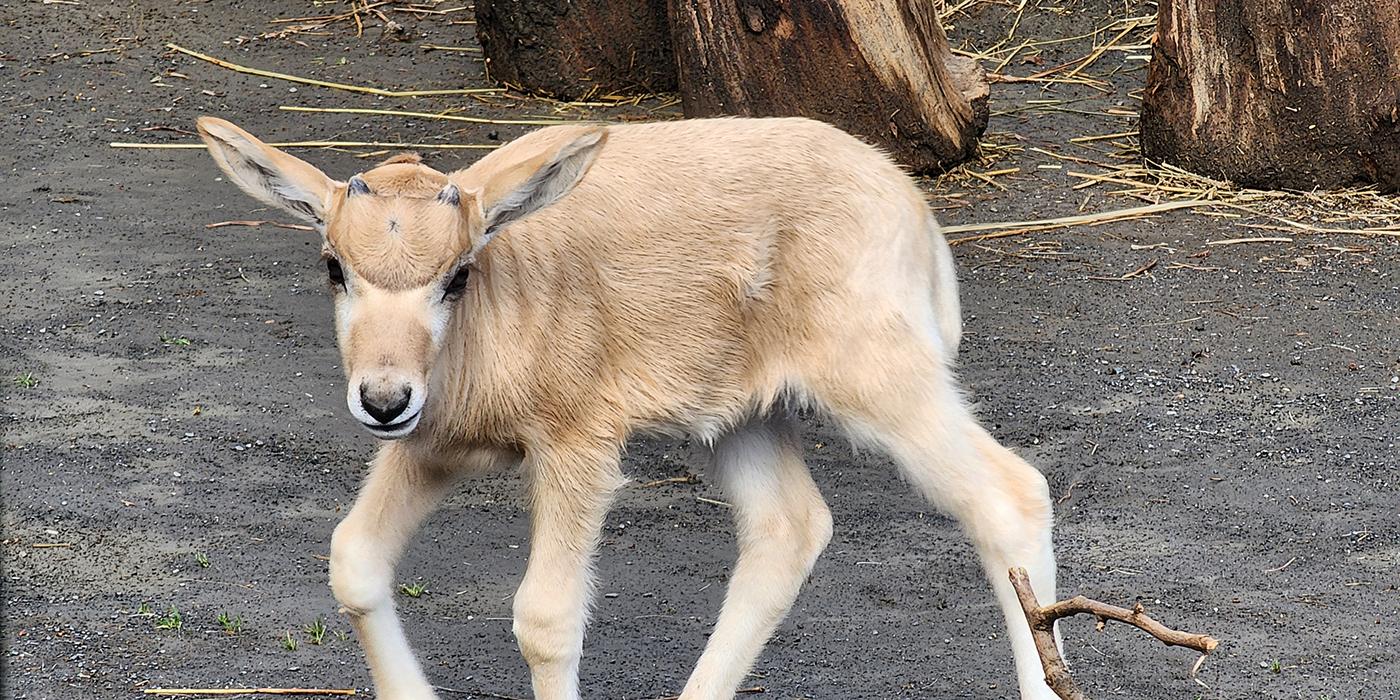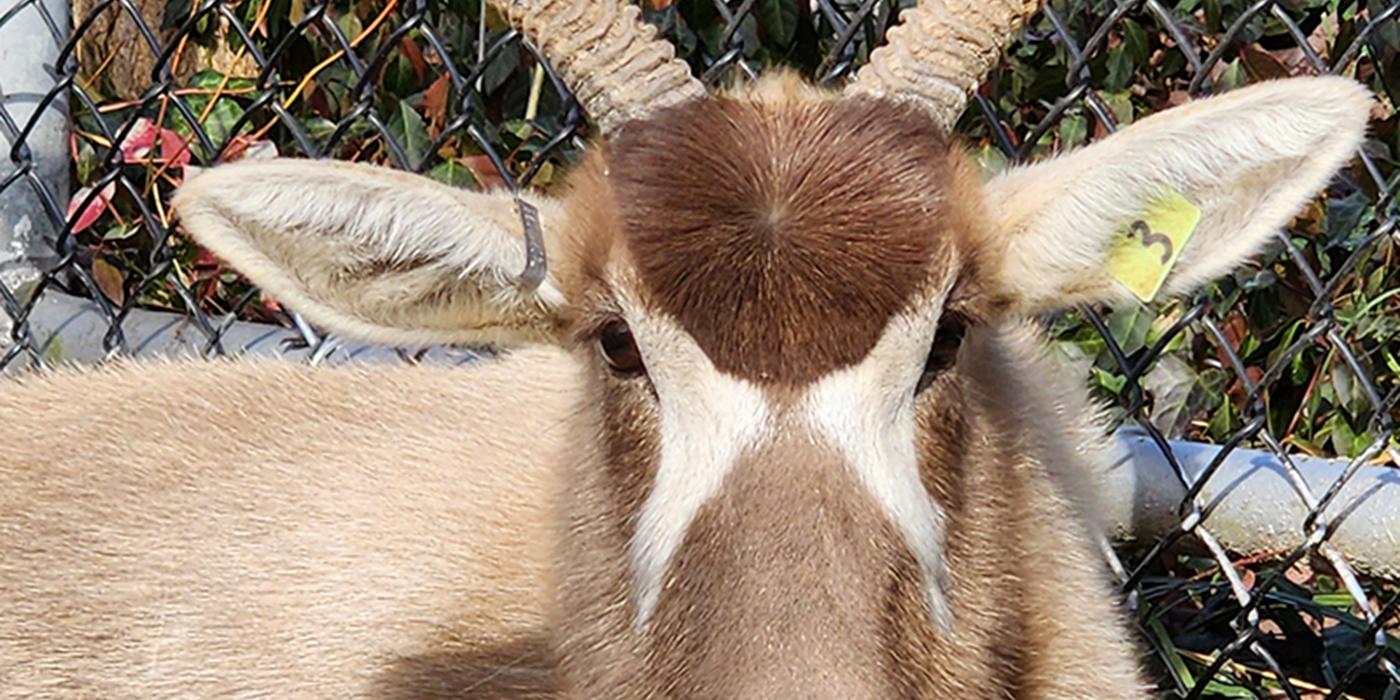How Fast Is an Ostrich? And More Fun Facts
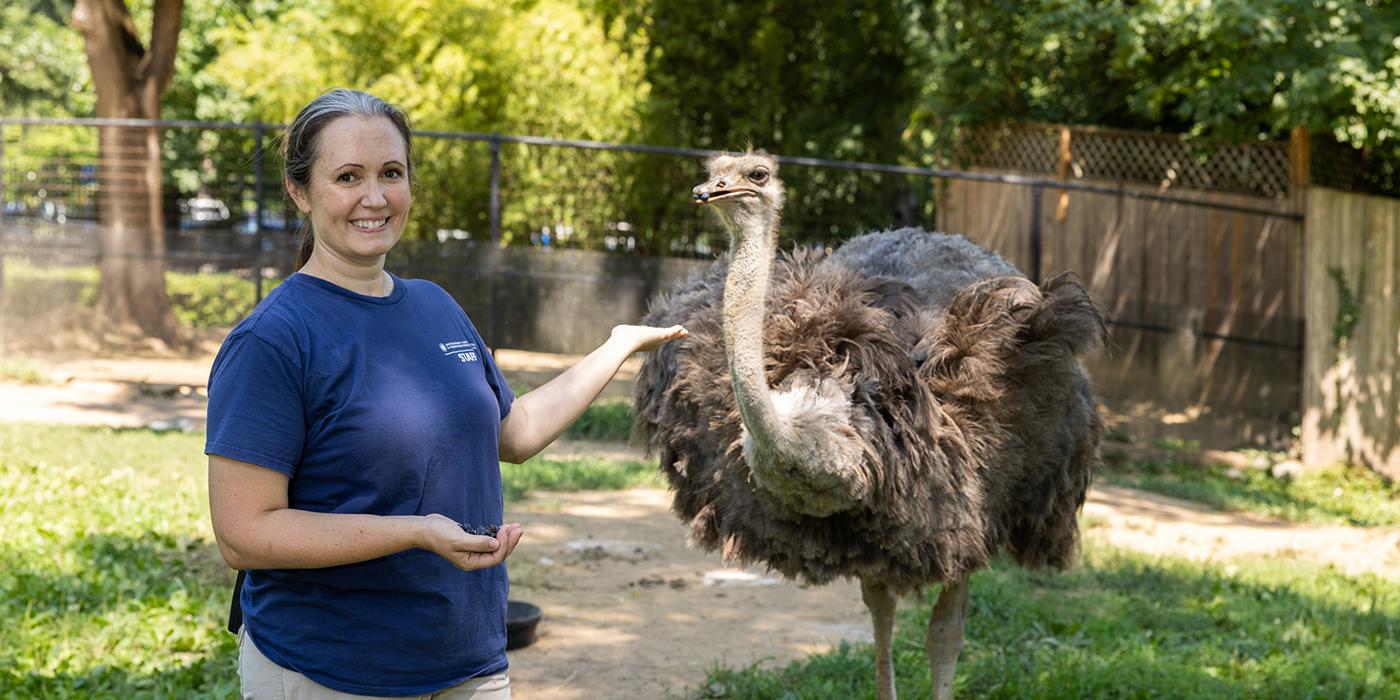
No bird brains here! We’ve answered some of the most-searched questions about ostriches to get you better acquainted with these big, flightless birds.
How fast is an ostrich?
Ostriches can’t fly, but no birds can match their speed on land. Ostriches are the fastest running birds in the world! Scientists have seen ostriches run continuously at speeds of 30-37 mph and sprint up to 43 mph.
With their long, strong legs ostriches can cover more than 10 feet in a single stride. Their feet act like springs, providing cushioning and shock absorption as they propel forward. The ostrich’s speed and anatomy is so unique that scientists have even designed mechanical robot feet inspired by the bird.
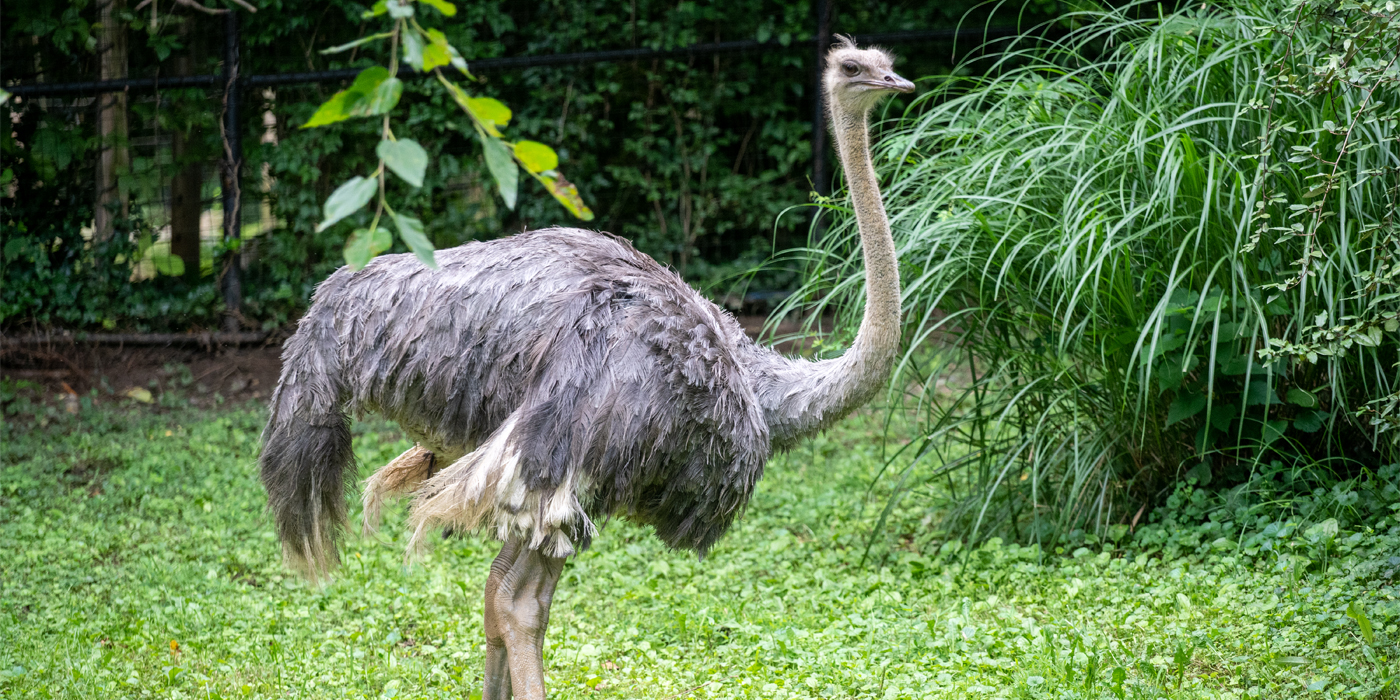
Why can’t an ostrich fly?
Ostriches are heavy with small flight wings and a flattened sternum (breastbone). The sternum in flying birds is keel-shaped (like the hull of a ship), and the powerful wing muscles are attached to it. A bird can’t be cleared for takeoff without that keel bone, so ostriches remain grounded.
How big is an ostrich egg?
An average ostrich egg weighs around 3 pounds (about the weight of two dozen chicken eggs!) and is about 6 inches long. In the wild, ostrich nests are communal; several ostriches lay their eggs in the same nest. Then, one male and one female take turns incubating the eggs.
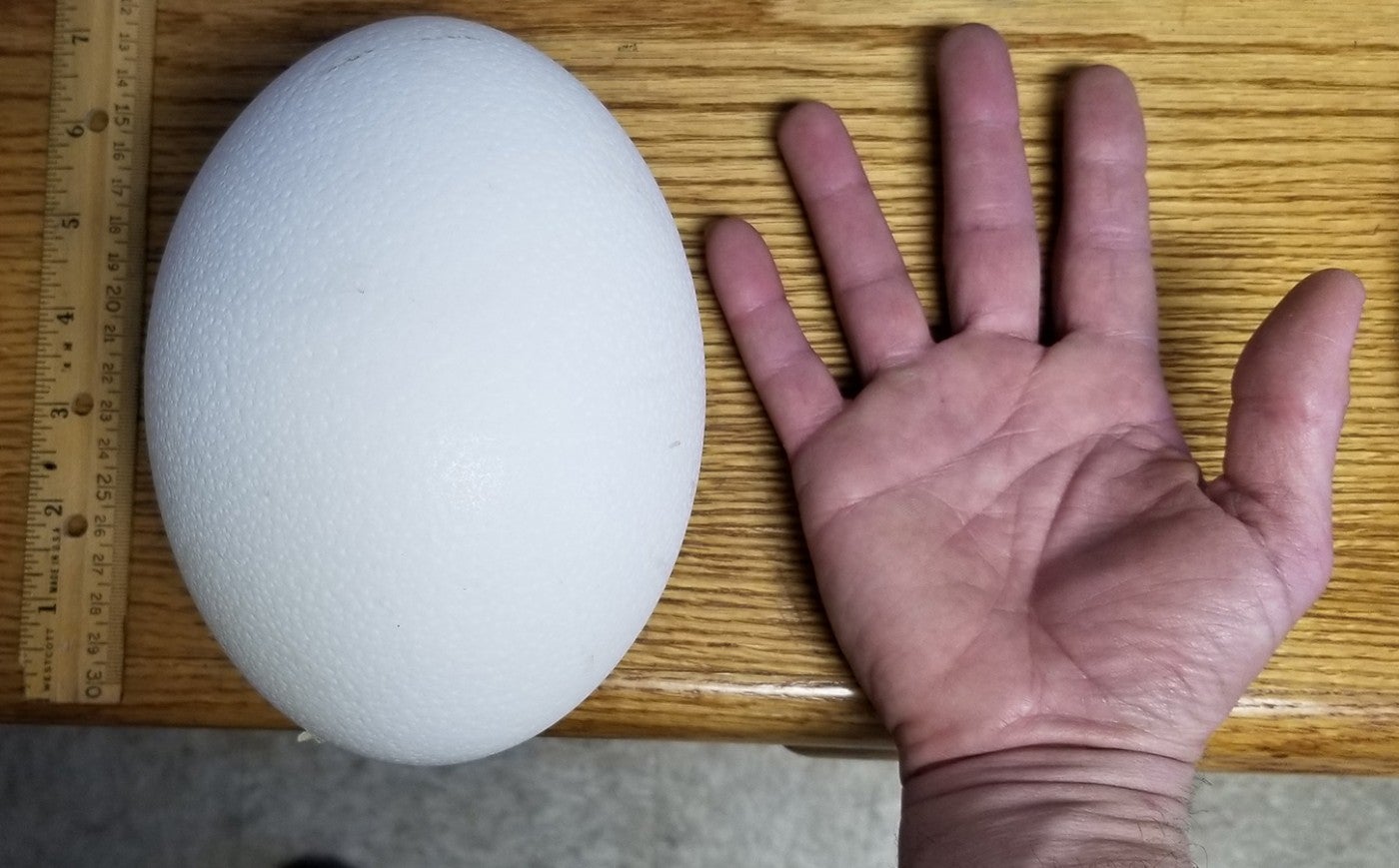
An ostrich’s entire nest may be 9-10 feet wide, with the eggs gathered into a smaller area so the ostrich can cover them with its body. A single nest may have 30-40 eggs, but ostriches can only incubate about 20 eggs at one time. Extra eggs are often ejected from the nest.
Where are ostriches found in the wild?
There are two ostrich species, and they both live in Africa. Common ostriches are generally found south of the Sahara Desert, and in eastern and southern Africa. The Somali ostrich (Struthio molybdophanes) is found in Somalia, Ethiopia, Dijbouti and Kenya. Ostriches can survive in dry, sandy habitats and typically live in shrublands, grasslands and savannas.
Ostriches released from farms survived to form a free-ranging population in Australia, but these birds are not native to the Australian continent.
What do ostriches eat?
Ostriches mainly eat plants, including leafy greens, flowering plants, roots, grasses and succulents. They occasionally feed on fallen fruit or snack on mice, frogs and insects, such as grasshoppers and locusts.
The Smithsonian’s National Zoo’s ostrich eats produce, insects, and pellets fortified with vitamins and nutrients. Her favorite foods are leafy greens, such as romaine, kale and collards.
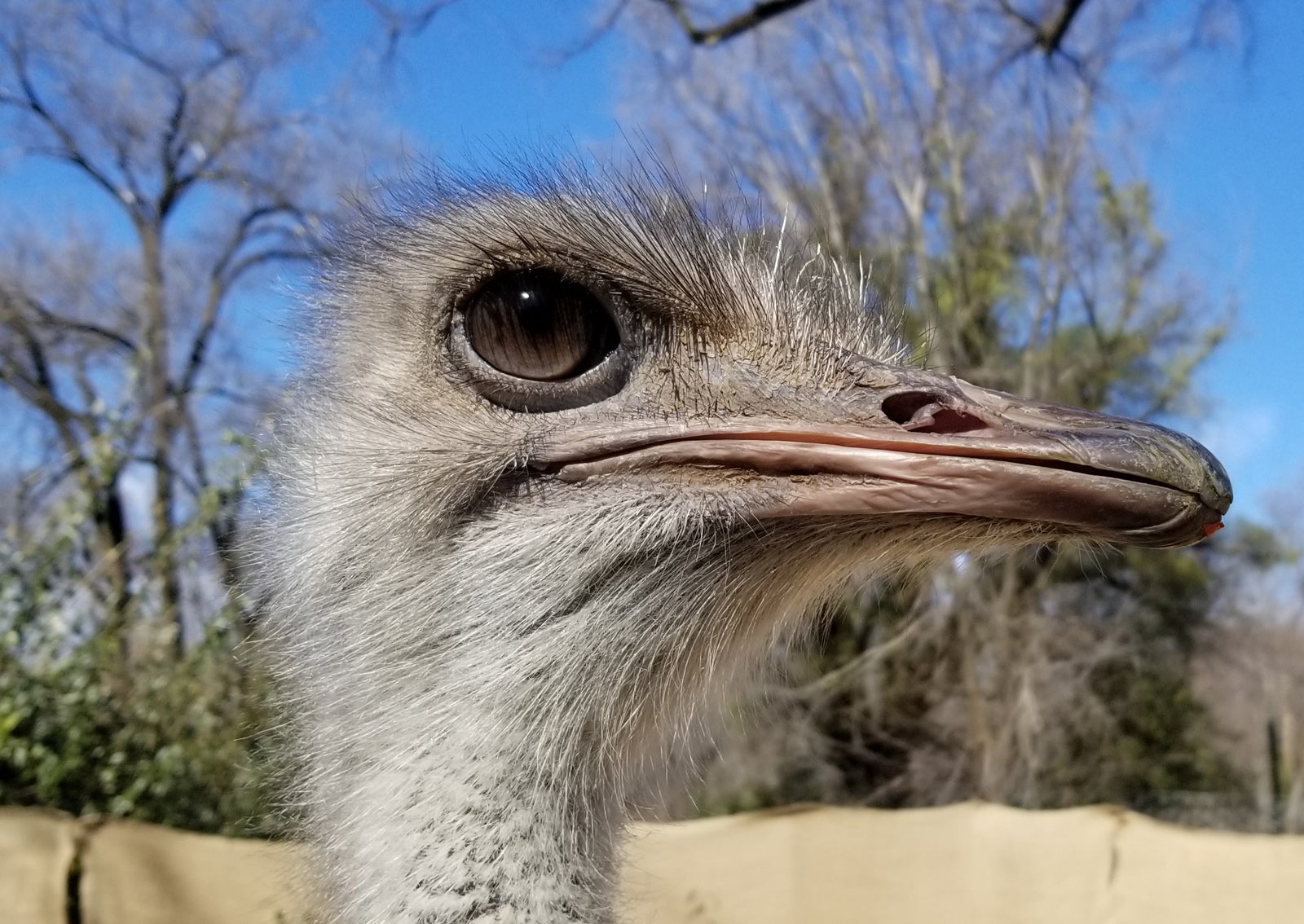
How much does an ostrich weigh?
The common ostrich is the largest living bird in the world! Adult ostriches weigh between 250 and 300 pounds and can measure up to 9 feet tall, though females tend to be shorter than males.
Ostrich vs. emu. What’s the difference?
Emus and ostriches are both members of a group of flightless birds, known as ratites. The group also includes rheas, cassowaries, kiwis and a few extinct species. Ratites likely share a common ancestor (possibly even one that could fly!).
It’s easy to tell ostriches and emus apart once you know what to look for. First, emus live in Australia and are smaller than ostriches. They have three toes on each foot, while an ostrich has only two. An emu also has full feathers on its neck, whereas an ostrich has only a fine layer of wispy feathers making its head and neck appear bare.
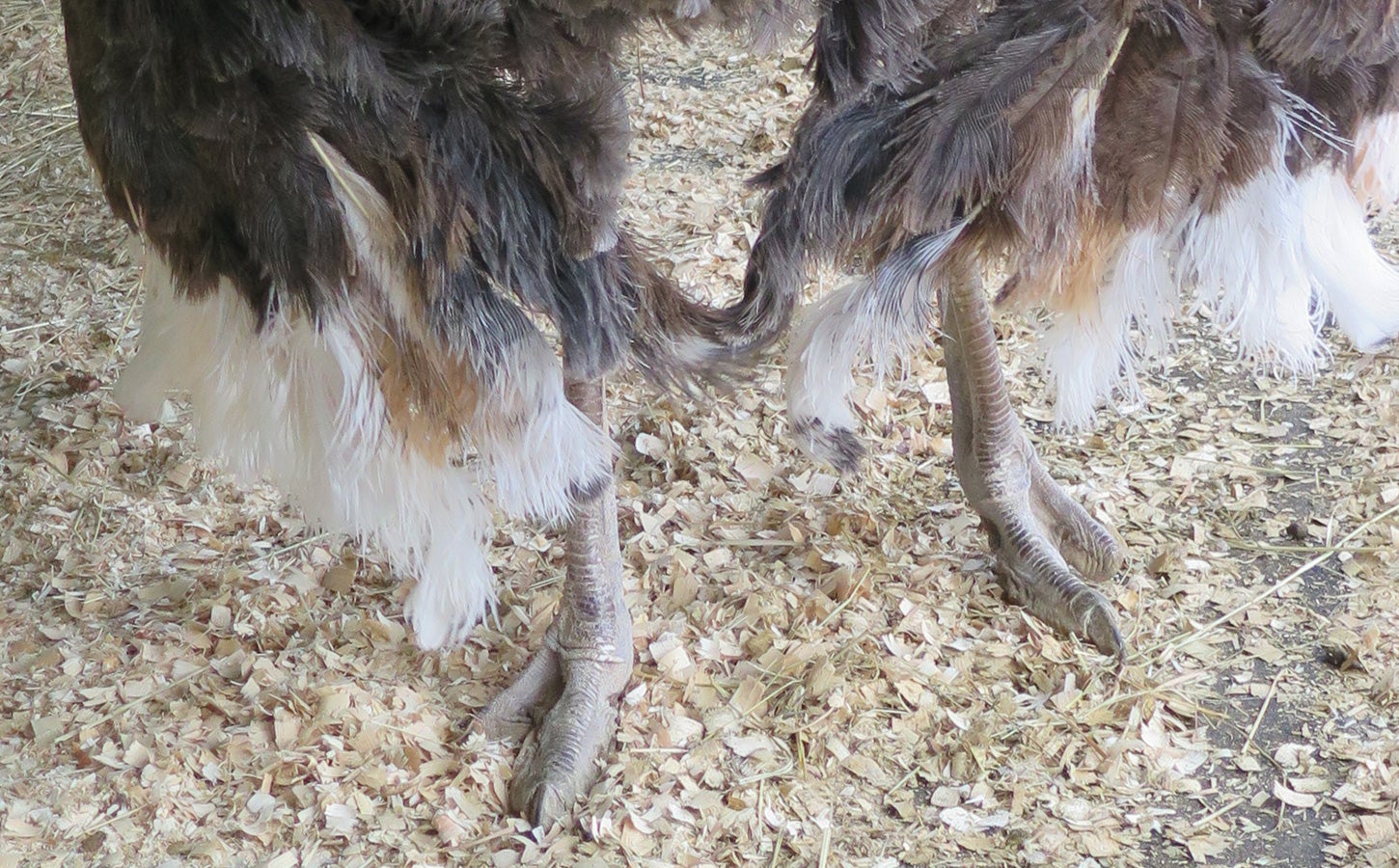
How does an ostrich defend itself?
Lions, cheetahs, leopards and hyenas hunt ostriches and prey on their eggs. An ostrich’s first line of defense is to run fast and far. If there are chicks to protect or fleeing isn’t an option, ostriches stop predators with a powerful kick. Sharp claws on their toes can deliver a damaging blow. An ostrich may also use its body as a ram to knock a predator to the ground.
Does an ostrich really bury its head in the sand?
No, this is a common misconception! Ostriches dig their nests in the ground and will sometimes poke their heads in to check on or move their eggs. Additionally, when ostriches sense danger approaching, they may lie down low and press their long necks to the ground to become less visible. Both of these behaviors have led to the myth that ostriches bury their heads in the sand.
This story appears in the March 2022 issue of National Zoo News.
Related Species:

